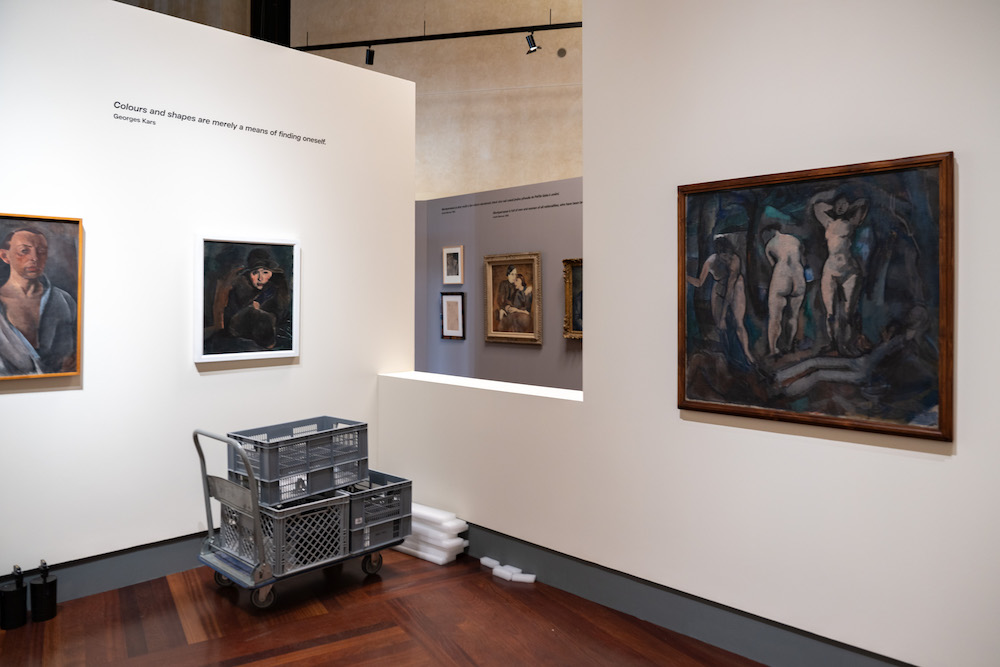
The National Gallery Prague (NGP) is pleased to present the exhibition “École de Paris: Artists from Bohemia and Interwar Paris”, which focuses on an important but still less mapped chapter of Czech art in France. It will take place from November 8, 2024, to March 2, 2025, in the Valdštejnská jízdárna and brings a view of artists who were better known in interwar Paris than in their homeland, such as Georges Kars, Othon Coubine and François Zdeněk Eberl, whose works will be exhibited in Prague for the very first time.
According to curator Anna Pravdová, the exhibition will take visitors to the Parisian art scene of the 1920s and 1930s. “Although the names of František Kupka, Josef Šíma, Jindřich Štyrský and Toyen are today most often associated with Czech art in France, the Parisian audience at the time had completely different favorites. Kars, Coubine, and Eberl were much better known and exhibited
in the most prestigious galleries, they published monographs. As part of this exhibition, we will recall their art again and present it to the Czech audience in the broader context of the Paris school.” In addition to the works of these three key authors, the exhibition will also offer works by their contemporaries, including world-famous names such as Amedeo Modigliani, Marc Chagall, Suzanne Valadon, Chaïm Soutine, Jules Pascin, Chana Orloff or Maurice Utrillo. And the photographer of night Paris Brassaï will not be missing either.
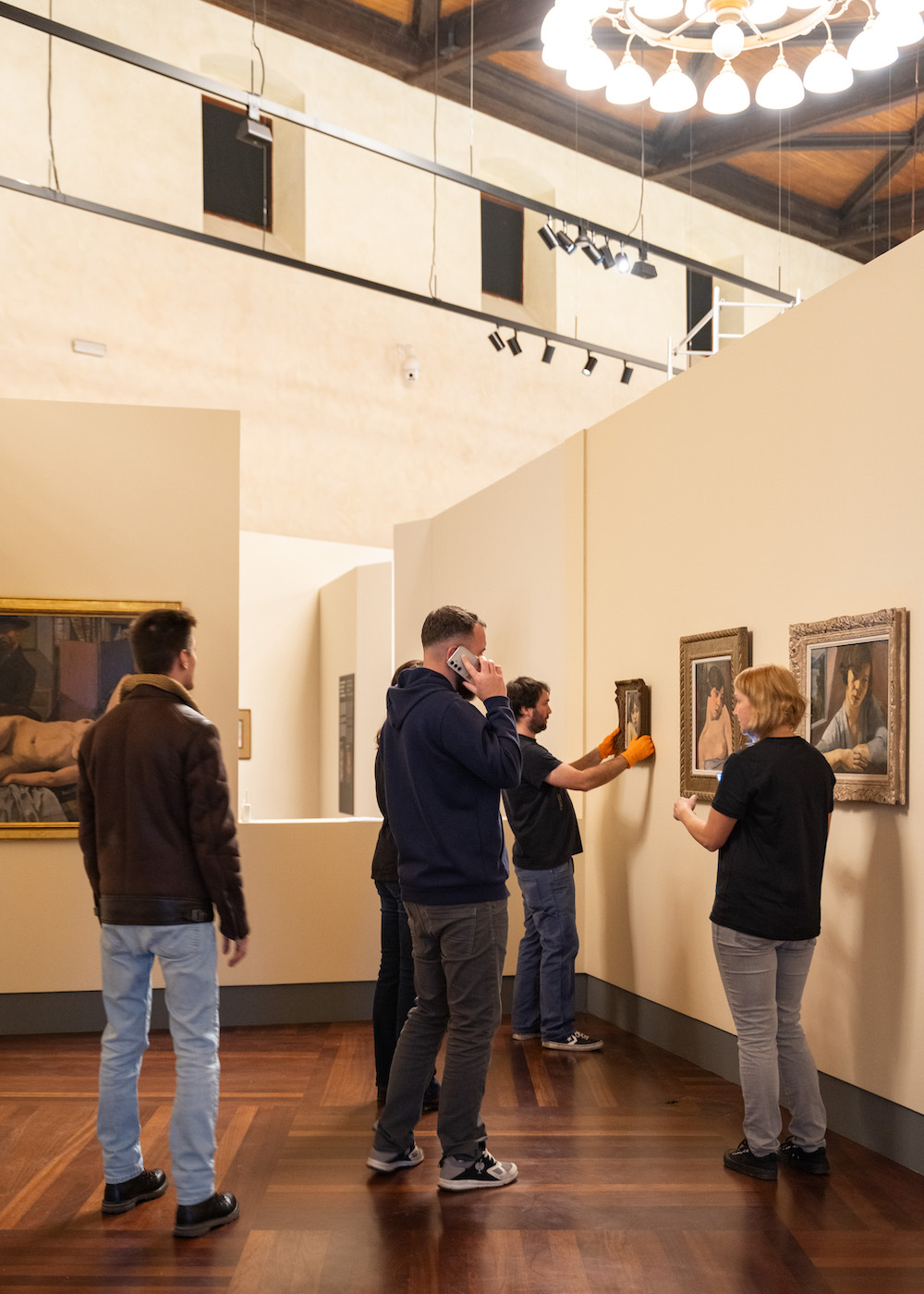
Interwar Paris and the “return to order”
After the First World War, artists reacted to the conflict, which until then had no comparison in the world, processed their own deep experiences fear of the past and the future. Some continued the art before the war; others sought new forms. At that time, Paris was the beating center of the cosmopolitan art world, where different styles and approaches intermingled. The exhibition takes the viewer to the galleries and salons of the time, to Montmartre and Montparnasse, among artists, collectors, but also people on the fringes of society and prostitutes. It will show scenes from cabarets and circuses, portraits of artists, still lifes, urban and Provençal landscapes. In addition to commemorating the creators who dominated artistic Paris between the two wars, the exhibition also focuses on the themes and styles that shaped their work and were very popular on the art scene of the time. That is, to modern figurative work and interwar neoclassicism, a return to the classical form of art. Artists such as Kars and Coubine reacted to social changes by “returning to order”, their work thus – after the chaos and horrors of the First World War – returns to stability and peace and leaves the pre-war experimentation.
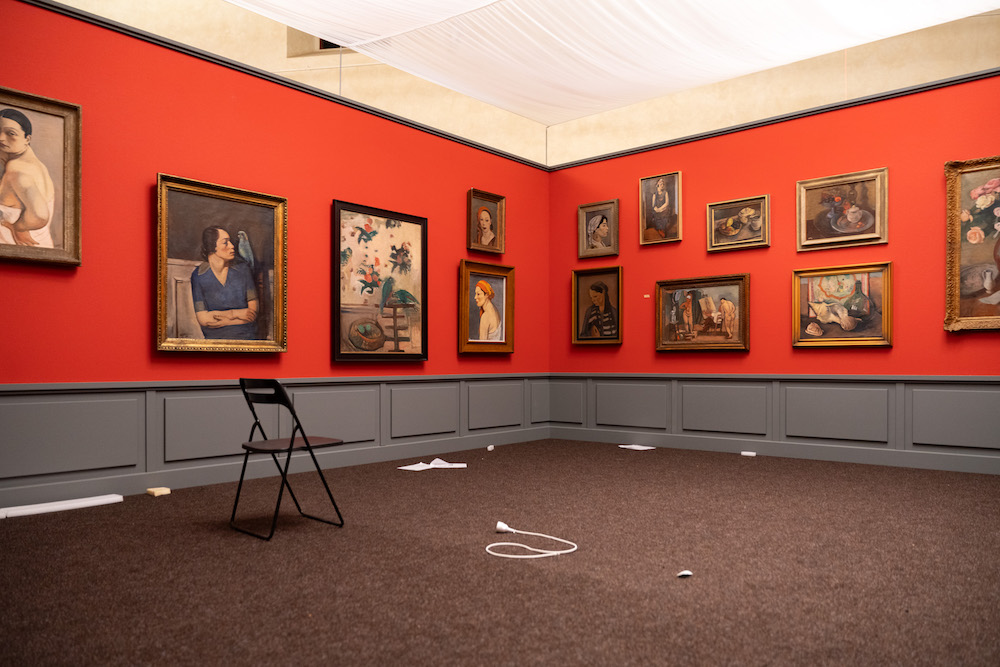
Unique works and archival research
Visitors will have a unique opportunity to see a number of works that have not been exhibited before. Among them are works that have recently been discovered in American collections and returned to Europe for the first time. It is a set of works by Othon Coubin, which belonged to the collector Leo Stein, the brother of the famous writer and the poet Gertrude Stein.
The exhibition is the result of several years of research by curator Anna Pravdová, which included not only the study of periodicals and correspondence, but also thorough research in private and public archives in France, Austria and the United States.
“This exhibition is a continuation of the previous exhibitions of Czech artists in France, which the National Gallery Prague presented – Kupka, Šíma and Toyen,” says general director Alicja Knast, adding: “Now I cordially invite everyone to immerse themselves in interwar Paris with us and enjoy the art of Kars, Coubin and Eberl, Czech painters who managed to establish themselves there. I see the School of Paris above all as a powerful symbol of how diversity and freedom can foster extraordinary creativity. And I am pleased that, in addition to the works of the already mentioned artists, the work of Modigliani, Chagall or, for example, the unique Chana Orloff, a French sculptor of Ukrainian origin, will be on display.”
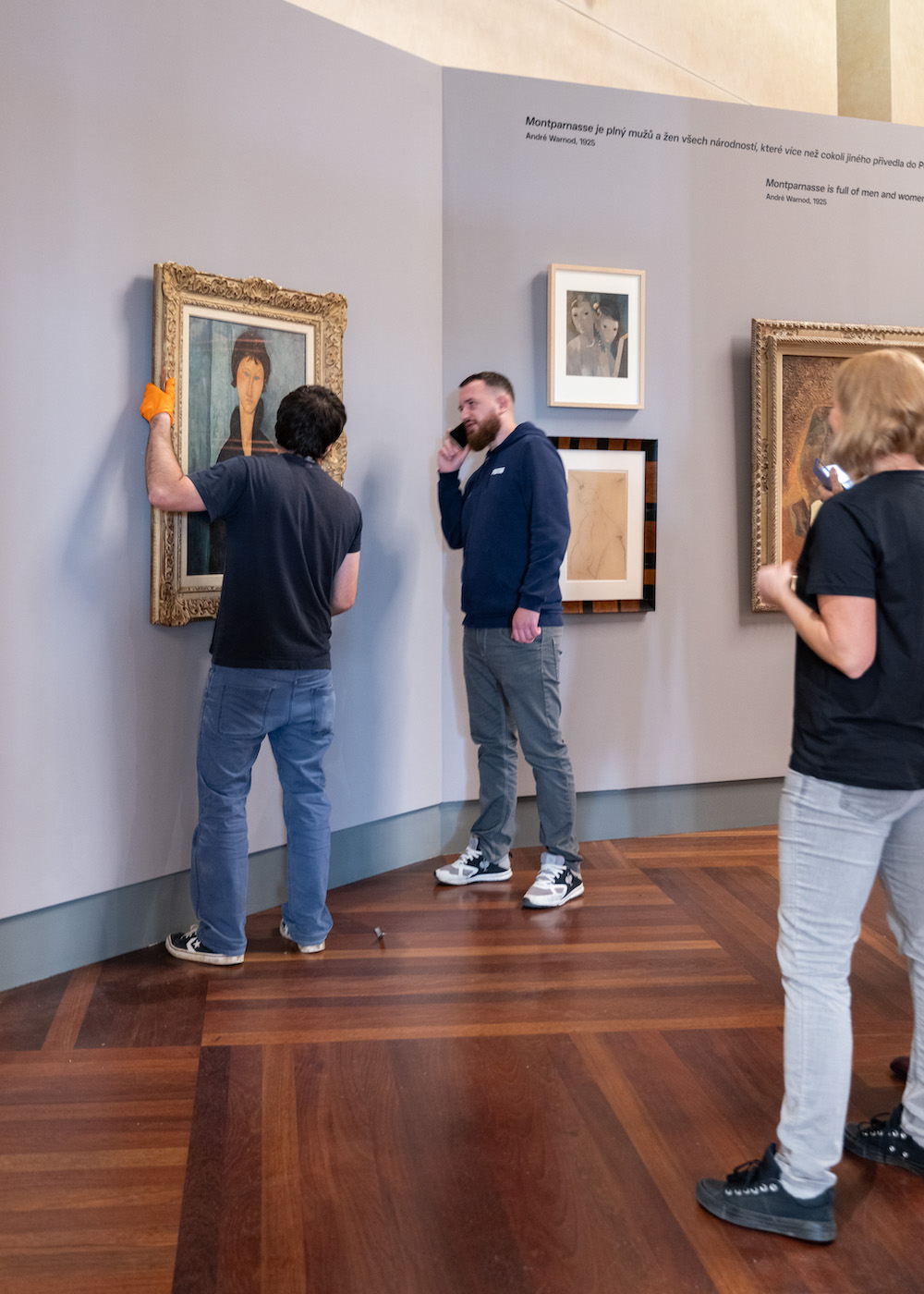
Around 250 works on loan from prestigious European museums (e.g. Musée d’art Moderne de Paris, Nouveau Musée National de Monaco, Musée de Montmartre or Musée de Grenoble), from the most important Czech public galleries and from a number of foreign and domestic private collections will be on display.
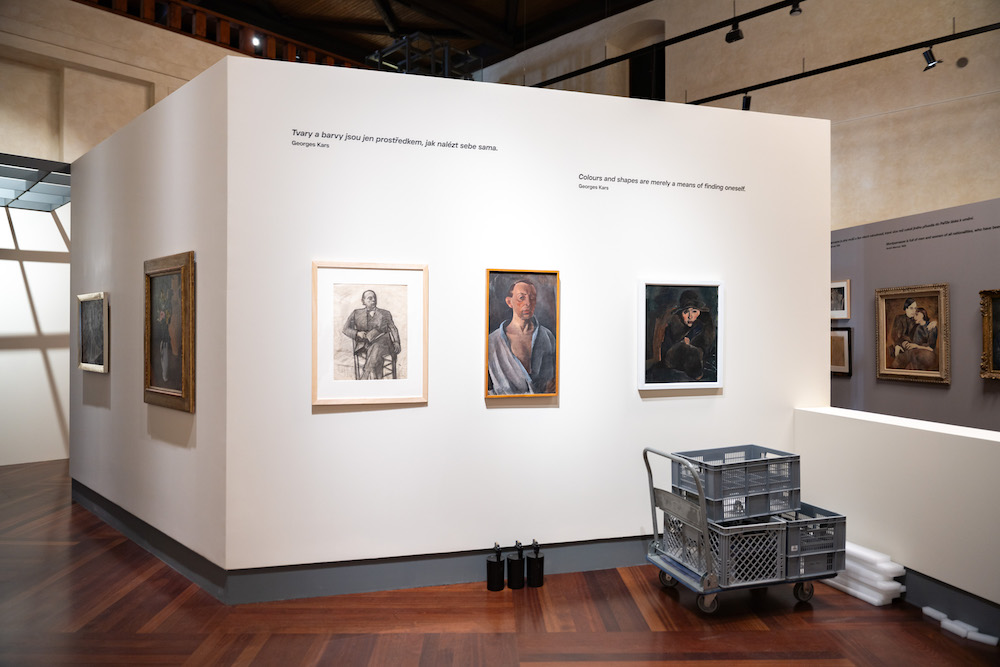
Public and educational programs for the exhibition
Educational programs, open to all age groups, draw the public into the context of contemporary events. Of course, there are a number of guided tours with the curator and other specialists. February marks the 80th anniversary of the tragic death of Georges Kars at the end of the Second World War, and one evening will therefore be dedicated to his memory and significance in the context of interwar Paris. Other lectures will be devoted to the phenomenon of Paris in film, for example, and space will also be given to live art during readings of poetry by French poets, or at concerts or screenings. Playrooms, workshops and workshops are prepared for children and adults who want to be actively inspired by art for their own creations.
For school groups, there is both an educational program exploring the personality of a fictitious collector and a tour with lecturers who will explain to pupils and students in a comprehensible manner the most interesting aspects of the entire exhibition. The exhibition is open to everyone, regardless of age opened an interactive Studio in which visitors are transported back in time a hundred years to the environment of a Parisian cafe, game room or art collector’s apartment.
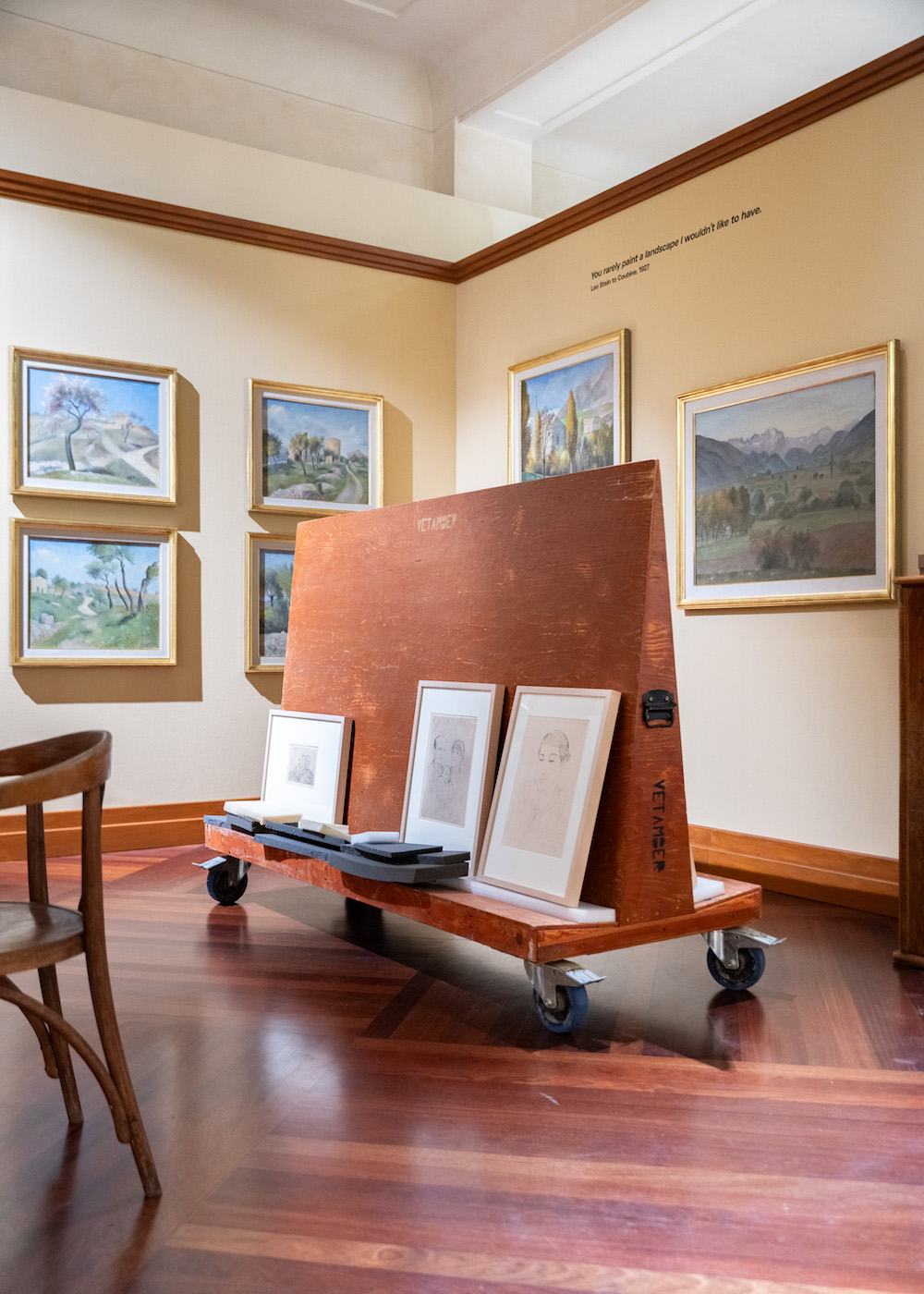
The NGP publishes several publications for the exhibition: an illustrated guide/catalog was created to the exhibition, which will also be available in English, as well as another part of the Pocket Pictures edition, this time focused on the creative thinking of Georges Kars. For younger children, the illustrated book Little Trip to Paris is published, which you can go on accompanied by the cartoonist Tita, the painter Zdeňko and the cat Cyril.
………………………………………………………………………………………………
Fates of artists
The stories of all three artists intertwine with the dramatic fates of Europe during the last century and are anything but linear and black and white. Georges Kars (born as Georg Karpeles), Othon Coubine (originally Otakar Kubín) and François Zdenek (František Zdeněk) Eberl came to France already before the First World War. Kars was a Czech German of Jewish origin, during the war he fought on the side of Austria-Hungary. Eberl joined the Czechoslovak legions in France, was seriously wounded, and later worked as an ambulance driver for the Red Cross. During the First World War, Coubin and his wife were first interned in a foreigner’s camp near Bordeaux, then worked in the National Library and participated in the resistance activities of the Czechoslovak colony in Paris.
After the war, all three met in Paris, and their realistic figurative painting enjoyed unprecedented success there. They established themselves on the art scene of the time, but in Czechoslovakia after the war Kars and Eberl were hardly talked about. During the Second World War, Kars first hid in France and later, under rather dramatic circumstances, crossed the border into Switzerland, where he lived with his sister near Zurich. Nervously exhausted, he committed suicide in February 1945. Eberl briefly joined the French Resistance. In the interwar period, he often stayed in Monaco, where he later received honorary citizenship. He died in the early sixties in France. Coubine returned home in the 1950s, lived alternately in Prague and his native Boskovice, and became a distinguished artist. After thirteen years, he headed back to France and spent the last years of his life in Provence.
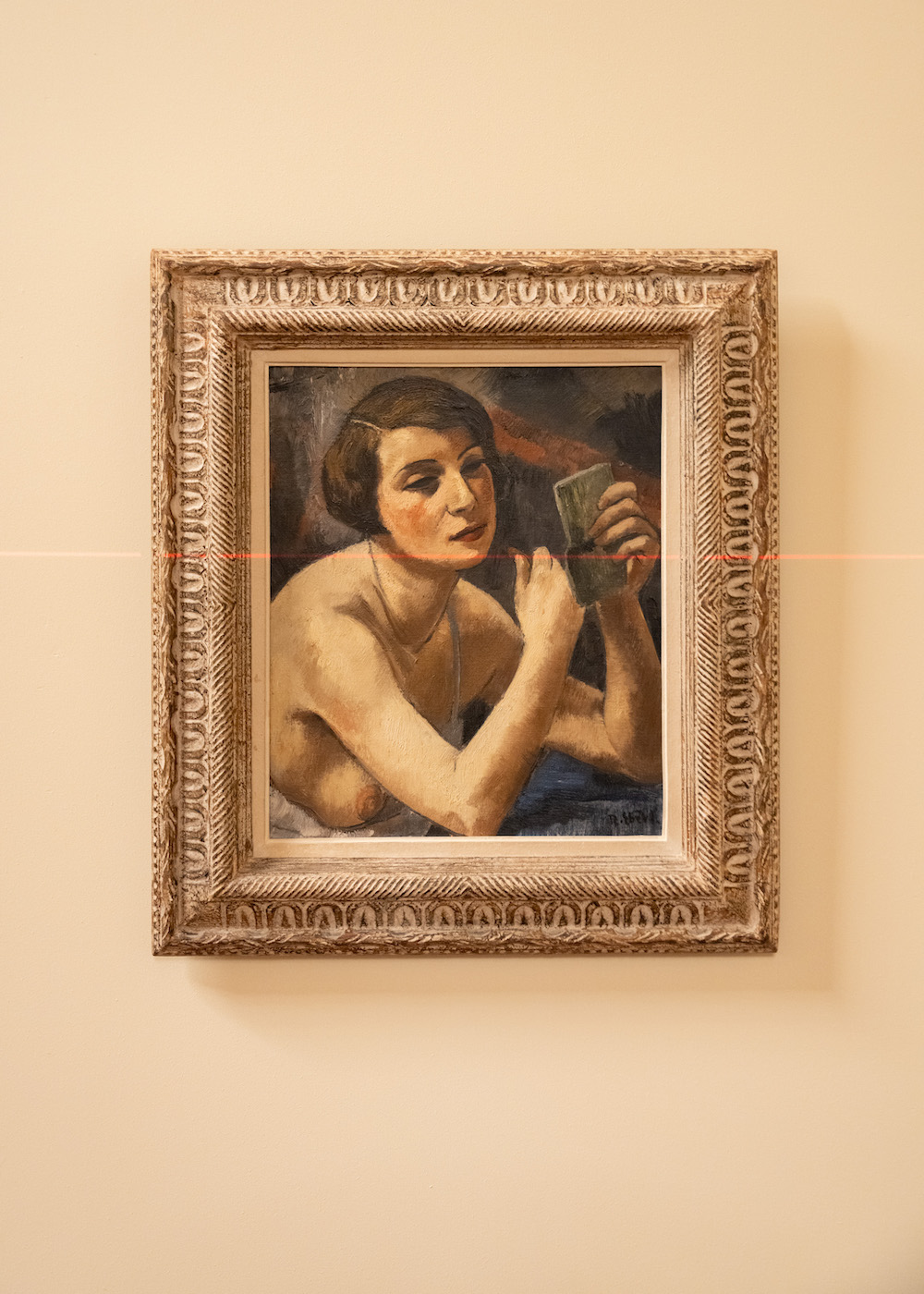
Details
École de Paris: Artists from Bohemia and interwar Paris
Venue: National Gallery Prague, Valdštejnská jízdárna
Date: November 8, 2024 – March 2, 2025
Curator: Anna Pravdová (Collection of Modern Art NGP)
Exhibition architect: Zbyněk Baladrán
Exhibition graphics: Studio Okolo – Matěj Činčera, Jan Klos

